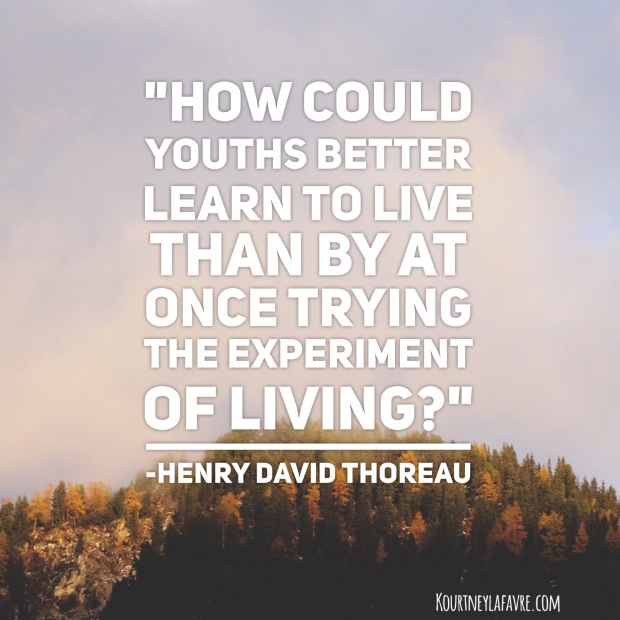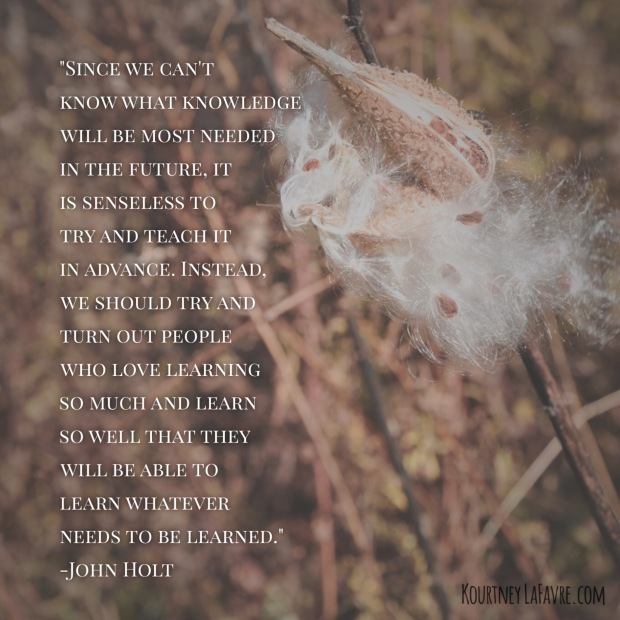“Good relationships keep us happier and healthier.” A 75 year Harvard study has revealed this as the most important factor in human happiness. I have read about this study, and the length of time and amount of effort put into this is impressive. Although the study started with just men (women and children are brought into the study eventually), the results are significant for all. It seems like it should be common wisdom that the quality of our relationships affect our well-being, but it’s not common knowledge so it’s important for work like this to occur. And of course my mind goes right to how this knowledge is important to children and childhood. Childhood is the foundation of life. It is a crictical period of human development when we are figuring out how the world works and our place in it. We also receive lenses or filters through which we will view the world, ourselves, and our place in the world. The words we hear, the things we see, our experiences with people, places, and things, are all a part of that foundation.
How are we laying down a foundation for children that includes building relationships that are supportive and healthy? There are two things that come to mind for me. The first is what opportunities and support do children have to create these quality relationships? The second is what is being modeled for children?
- On a side note, I realize I ask a lot of questions. It’s the Socratic philosopher in me. I actually can’t help it. I get passionate on a topic and I immediately think of a list of questions that I want to ask myself and others. Anyone else like that?These are two topics I am particularly passionate about, so prepare yourself for a lot of questions!
Children need opportunities to practice the skills that will serve them for a lifetime. That’s why we have a childhood. It’s a period of development for them to observe, practice, take risks, ask questions, build knowledge, and seek answers. Their play is a vital component of the childhood experience. Their play is their work. So when we look at the foundational experiences of childhood, how are we supporting opportunities for them to develop good relationships? Are they getting opportunities to interact with a wide variety of people? Do they get to talk with people of different ages and generations? Do children get to cooperate on projects, seeing how different people have different strengths and weaknesses, and when they come together they can achieve big goals? Are they learning that all people have something to offer and do they have opportunities to showcase their strengths? Are children able to follow their passions and meet people that are passionate about the same topics? Are children sometimes introduced to a topic that they might not have explored on their own, and can then develop relationships from there? I’m asking all these questions because I believe they are important to the development of good relationships.
The second topic is where the adults come into play. Are the adults in children’s lives modeling how to seek out and maintain healthy relationships? Do they model setting healthy boundaries, expressing gratitude, practice empathy and compassion? Are the words that adults use sending messages of positivity, kindness, and encouragement? Do the adults have a healthy relationship with themselves? This is probably the most important question because it all starts with taking care of ourselves, everything evolves from there. All of these questions are contributing factors to healthy development of quality relationships.
So if we look at the common and unquestioned practice of putting children into a school setting, how are these practices in support of the development of healthy relationships? Children are grouped into rooms with only children of the same age. They are gathered into schools based on where they live and placed with children that live within a certain geographical radius around their homes. I’m finding it hard to see how this practice is in the best interests of children and their development of healthy relationships.
Teachers do the best they can to bring the outside world into their classrooms, but is that enough? I have been there. As an elementary teacher I was always looking for opportunities to bring experts from various backgrounds and generations into the classroom. And these experiences are wonderful, but they are still just a substitute for the real life experiences that children need. Teachers do the best they can within their imposed limits. This is the reality of standardized, compulsory schooling. I’m sharing this point of view because we all have a responsibility to raising the next generation. Enrolling your child in the local school district does not necessarily mean a well rounded education. Children need more interaction in the real world in developmentally appropriate ways, in order to prepare them for life in the world.

To set children up for success we must first model what healthy relationships look like, with ourselves and others. And we must also give them opportunities to build a foundation that leads to development of good relationships. So no matter who you are: parent, teacher, grandparent, politician, stranger in the grocery store, please set a good example. The children are watching and learning from what they see, hear, and experience.











